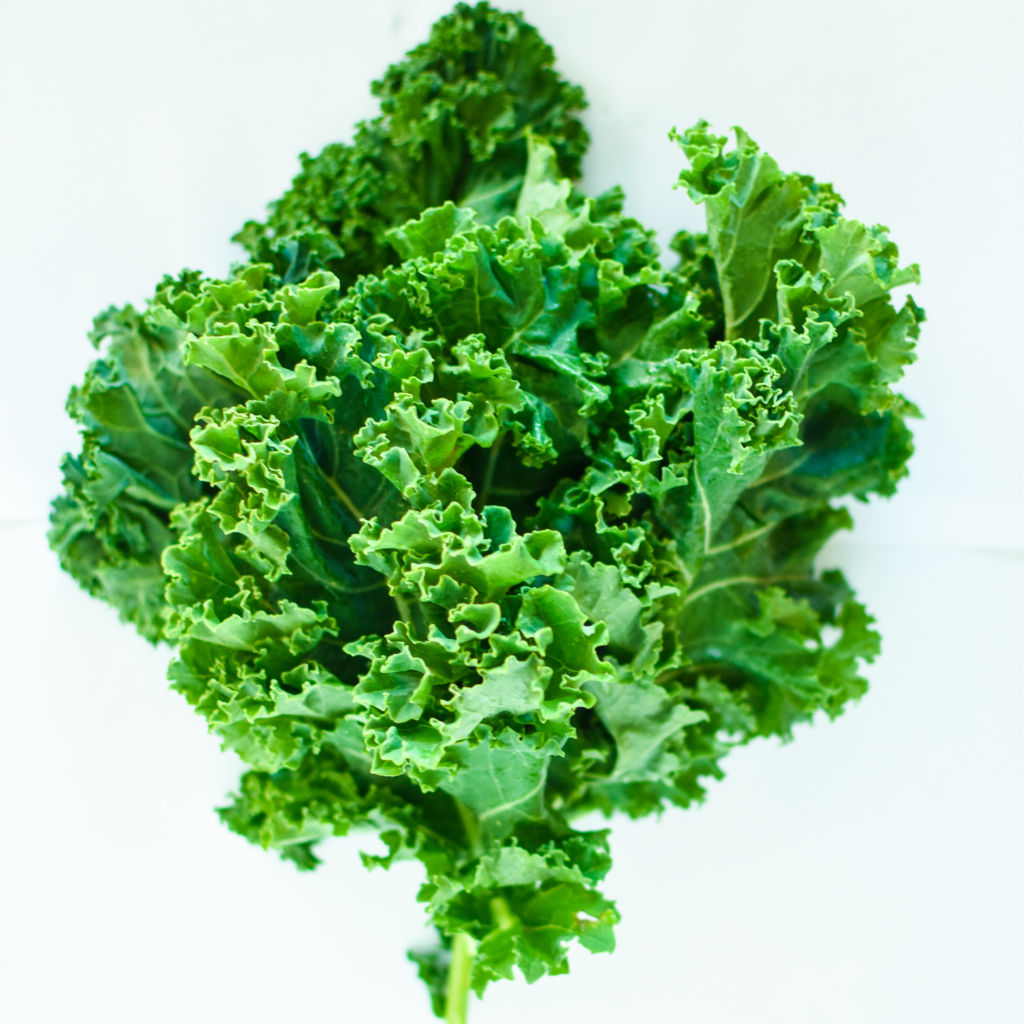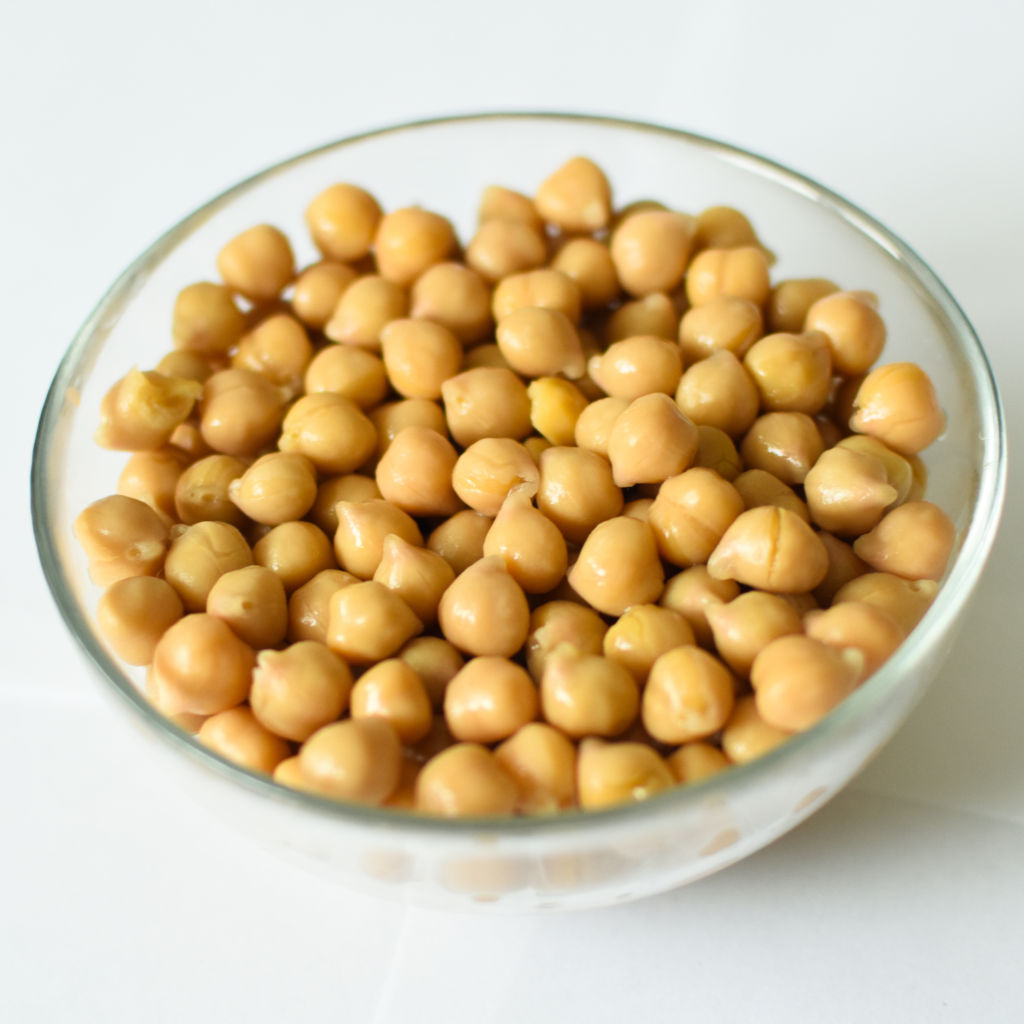Aisles full of organic fruits and vegetables, good-for-you snacks and locally butchered meat are in a panoramic view while I push my shopping cart leisurely around with me. It has always been a pleasure for me to go through a health food store.
It’s when I get home that the magic happens. The butcher block comes out and I start sharpening my knife. My mind calculates all of the combinations of food I could make from what I have in my fridge. With so many different foods trending on the market all the time, it can be fun to cook something new and exciting for yourself and others. Foods trend mainly because of what the consumer wants. This means that if we choose to be healthier then companies will be forced to change their products to what we want.
“It has to taste good, look good and be good for you,” says Corey Haskins, a chef and culinary arts professor at Algonquin College.
He remembers that when he was a kid, kiwis were the novel food to eat, and now they’re just a well-known fruit. Haskins also says that trends come in cycles and that it has always been that way.
What’s trending now? Here’s a list of the top four superfoods students in Ottawa are excited about. Read below for nutritional information, recipe ideas, and more.
Kale ?
Although the leafy green has been popular for a few years for
its versatility in cooking – from smoothies to kale chips – kale still has everyone talking about it. Nutritionally, it has over 100 per cent of vitamin A and C per cup.
But moderation is important and too much of a healthy thing can
actually be unhealthy, says Anthony Chasse, second-year culinary management student at Algonquin College. Fat soluble vitamins – A, D, E, and K – unlike water soluble vitamins such as B and C, do not get flushed through your urine and will build up in your liver which could lead to health problems. Chasse suggests to have a balanced diet, with a variety of vegetables – including kale. “Find foods that are healthy, but that you also like,” Chasse says.
If you want a quick kale fix, cut some kale up, add olive oil and salt,and bake it on a pan in the oven at 350 F for 10 minutes. It is also recommended to cook your kale in any recipe – cooking it will break down the plant’s tough fibres and make it easier to digest and allow the vitamins to be more bio-available.
Chick peas ?
Part of the pulse family – with friends such as black
beans and lentils – chickpeas can be that go-to snack when you’re on the
move from class to class.
You can bake or roast chickpeas in the oven and store them for when
you are looking for something to keep you from feeling hungry, advises Lia
Sani, second-year culinary management student at Algonquin College. The
cooking courses she takes mimic the long hours in the restaurant industry.
She says that chickpeas provide the protein – about 15 grams per cup –
and fuel she needs to keep going, while also helping her avoid unhealthy
snacks. And there is so much you can do with them. Sani says she bought
a new food processor and also makes hummus with them sometimes.
Make your own hummus by blending a can of chickpeas, a clove of
garlic, a pinch of cumin and salt, with a table spoon of olive oil and tahini
in a food processor. Eat it with some chopped-up vegetables like carrots
and broccoli or have it with tortilla chips.
Blueberries ?
Blueberries are great to have as a low-sugar fruit in your diet, with
only 15 grams of sugar per cup. Full of antioxidants, they can be used in everything
– from smoothie bowls to even putting them on top of your cereal in the morning.
If you look at food porn on Instagram, there’s a big chance you’ll see one of these
magical looking bowls. Made in different colours, smoothie bowls contain blended
fruits with yogurt and powders like cacao, topped with nuts, seeds and other fruits.
Not only are they nutritious but they contain all the fibre of your fruits. Which helps
slow the digestion of sugar into your body. When you drink juice, however, all the
fibre is gone from your food so your blood sugar spikes.
To make a simple smoothie bowl with blueberries, blend Greek yogurt, honey, berries and coconut oil together. The good fats in the oil will slow down the absorption of sugar as well as the fibre from the blueberries. Then pour it in a bowl and add your favourite nuts like almonds, and seeds like chia seeds for even more nutritional content.
Avocados ?
Believe it or not, they are not a vegetable. They are
a fruit. Imported from areas with warmer climates such as California,
Mexico and Peru, avocados have blown up to something that is now part
of people’s daily diet.
Avocados also contain a lot of fibre – about 10 grams per avocado.
This is something that most Canadians are lacking, says Erin Enros, a
part-time teacher in the food and nutrition management program at
Algonquin College. “You’d be surprised how many people go through
their day without eating any fruits or vegetables, but mostly grains, dairy
and protein,” says Enros. Fruits and vegetables are low in calories and rich
with vitamins and minerals.
While guacamole tastes great, avocados can be eaten in many other
ways – by themselves or even in baking as a substitute for certain ingredients.
For an alternative to toast in the morning, try and have your eggs
with chopped avocado dressed with olive oil, a pinch of salt and a few
drops of lemon juice.





